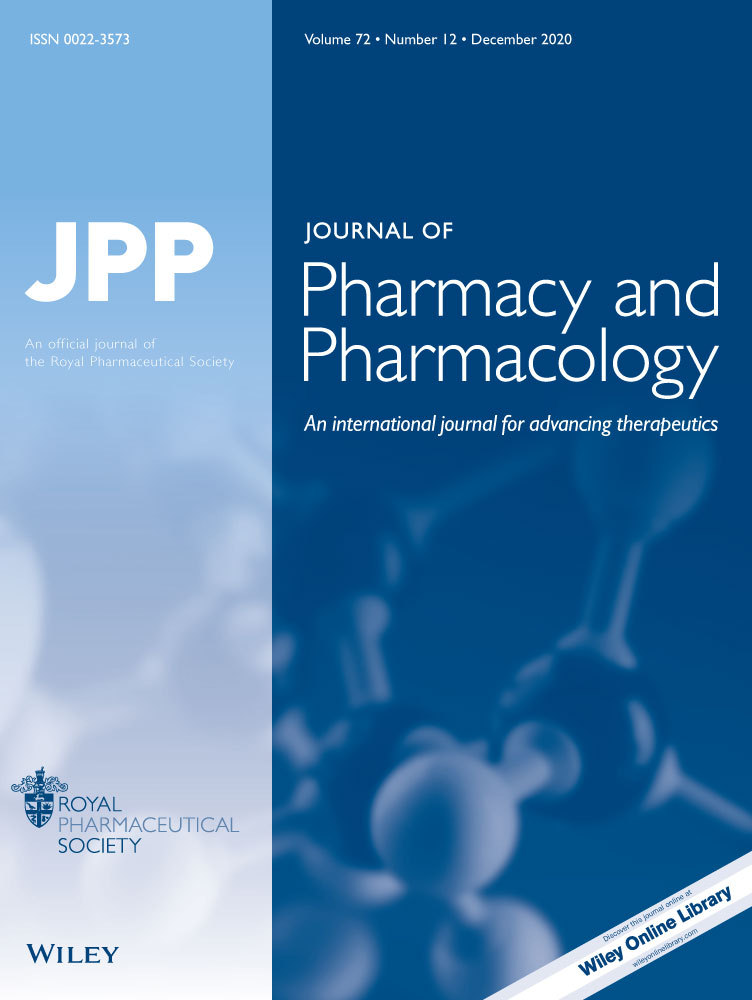The effect of week-long infusion of propranolol, via an osmotic minipump, on blood pressure, heart rate and vascular responses in spontaneously hypertensive rats
Abstract
Propranolol was infused in SHR subcutaneously for 7 days at two concentrations (either 3·75 or 7·5 mg kg−1 day) via a minipump. Mean blood pressure and heart rate measured under pentobarbitone anaesthesia on day 7 after implantation showed a significant dose-dependent decrease in both propranolol-treated groups. In the low-dose propranolol-treated rats, there was no change in contractile responses to phenylephrine over controls. In rats receiving the higher dose of propranolol there was a significant increase in the response to phenylephrine. There was no change in the relaxation response of any of the groups to isoprenaline. The results indicate that propranolol, while lowering blood pressure and heart rate, is also modifying the α-receptor response of the vascular wall in the spontaneously hypertensive rat.




